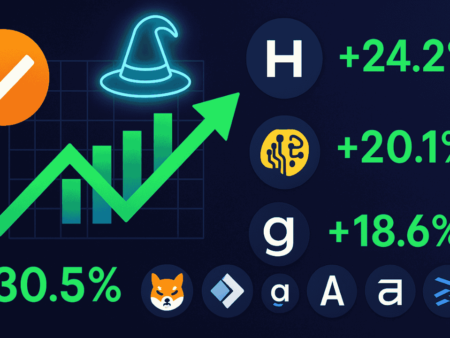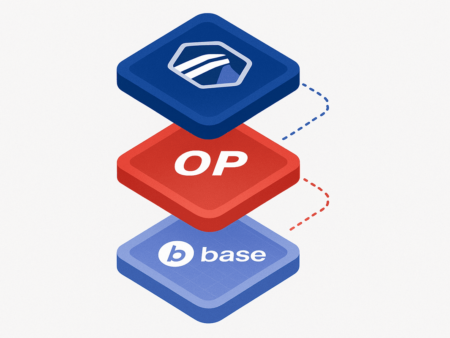A fresh wave of institutional interest is reshaping the stablecoin landscape, and Hong Kong has just positioned itself at the center of it. On August 10, 2025, Animoca Brands, a global Web3 gaming and metaverse leader, joined forces with Standard Chartered, one of the region’s most established banks, to launch a regulated stablecoin issuer. The partnership blends Animoca’s blockchain expertise with Standard Chartered’s deep-rooted banking infrastructure — a combination that could redefine how stablecoins are integrated into mainstream finance in Asia.
Why this matters for Hong Kong’s Web3 push
Over the past two years, Hong Kong has moved from cautious oversight of digital assets to a full-throttle embrace of regulated innovation. Licensing regimes for exchanges, token issuers, and custodians have attracted both global crypto firms and traditional financial giants. The government’s aim is clear: establish the city as a safe, transparent, and competitive hub for digital assets without replicating the freewheeling chaos of unregulated markets.
The Animoca–Standard Chartered initiative fits neatly into this vision. By anchoring the stablecoin issuer within Hong Kong’s regulatory perimeter, it provides a level of trust and legal clarity that purely offshore projects often lack. For institutional clients, that’s the difference between “interesting experiment” and “viable integration.”
Stablecoins with a compliance-first design
According to early details, the planned stablecoin will be fully backed by high-quality reserves — likely a mix of short-term government securities and bank deposits — held in regulated financial institutions. Reserve transparency will be a core feature, with regular audits and real-time attestation dashboards expected to keep users informed.
This isn’t just box-ticking. In an environment where regulators from the U.S. to the EU are scrutinizing stablecoins for systemic risk, compliance-first structures could become a competitive advantage. For Standard Chartered, it’s also a chance to tap into a growing demand for digital settlement tools without compromising on governance or risk controls.
Animoca’s ecosystem advantage
Animoca Brands brings something to the table that most bank-led stablecoin initiatives lack: an extensive network of gaming, NFT, and metaverse projects. The company has stakes in hundreds of Web3 ventures and direct experience launching tokens and in-game economies. By plugging a compliant stablecoin into that ecosystem, Animoca can offer a settlement asset that’s instantly usable across its portfolio — from play-to-earn games to decentralized marketplaces.
That built-in utility could help the stablecoin achieve early velocity, avoiding the chicken-and-egg problem that slows adoption for many new issuers. In turn, increased transaction volume would feed back into Standard Chartered’s payment rails, creating a symbiotic loop between retail engagement and institutional infrastructure.
Institutional-grade rails for a retail-friendly asset
One of the more intriguing aspects of the partnership is its two-sided market design. On the back end, Standard Chartered can integrate the stablecoin into its trade finance, cross-border remittance, and corporate payment solutions. On the front end, Animoca’s Web3 platforms can encourage day-to-day use cases that go beyond speculation — in-game purchases, NFT sales, and decentralized identity verification.
This dual-track approach mirrors the way successful payment networks scale: secure institutional flows drive liquidity and trust, while retail activity gives the currency cultural relevance and transactional depth.
Timing is everything
The launch comes as stablecoins have quietly become one of the most traded instruments in crypto. Market capitalization for the sector has rebounded to near all-time highs in 2025, with U.S. dollar–pegged coins dominating. Yet regional players have room to grow, especially in Asia, where cross-border payment frictions and currency volatility create demand for a neutral, stable medium of exchange.
Hong Kong’s regulatory clarity adds another layer of opportunity. Unlike in jurisdictions where stablecoin rules are still in draft form, issuers here know the capital, reserve, and disclosure requirements upfront. That predictability lowers the barrier to institutional adoption and could make the city a launchpad for Asia-focused stablecoin products.
Strategic implications for competitors
For other banks and fintechs, the Animoca–Standard Chartered tie-up sets a precedent: you don’t have to choose between compliance and innovation. By partnering with a blockchain-native firm that already commands significant market share in Web3, a bank can accelerate product-market fit while keeping regulators comfortable.
It also raises the stakes for existing stablecoin leaders like Tether and Circle. While those issuers have global reach, their presence in Asia often depends on partnerships with local intermediaries. A homegrown, regulator-approved competitor backed by a major bank could chip away at market share, particularly in B2B payment corridors.
Looking ahead
The stablecoin is still in its pre-launch phase, with regulatory approvals and technical integrations underway. However, both parties have hinted at a roadmap that extends beyond simple issuance. Potential next steps include programmable features for automated compliance, multi-chain deployment for interoperability, and integration with central bank digital currency (CBDC) pilots.
For Hong Kong, this is more than a product launch. It’s a statement that the city intends to lead not just in exchange licensing or token sales, but in creating foundational financial infrastructure for the next phase of Web3 adoption.











